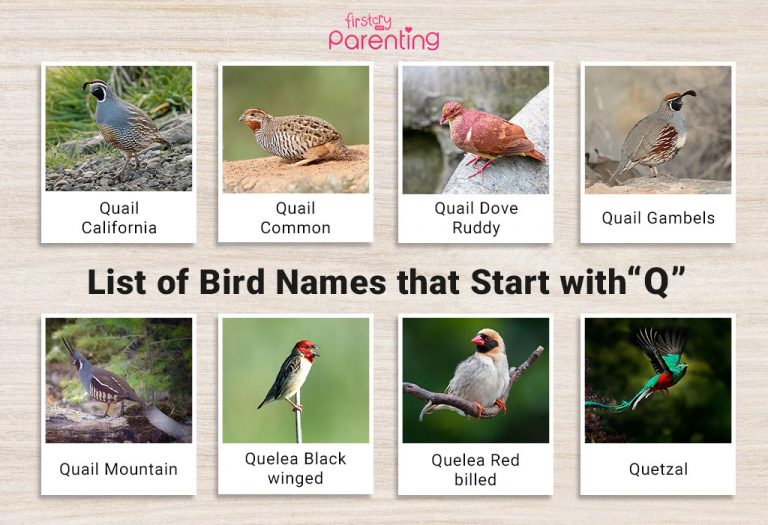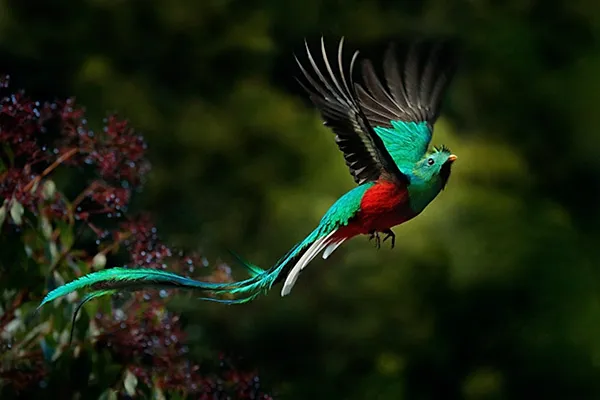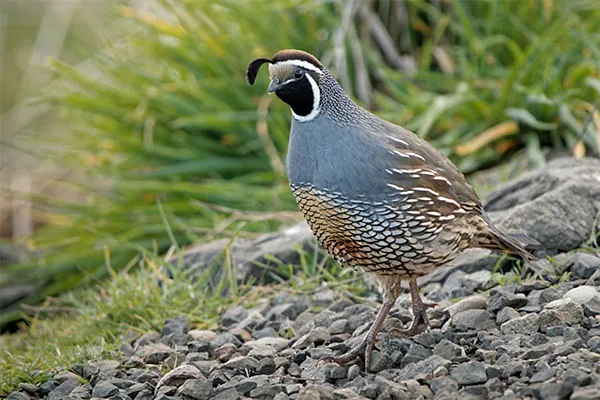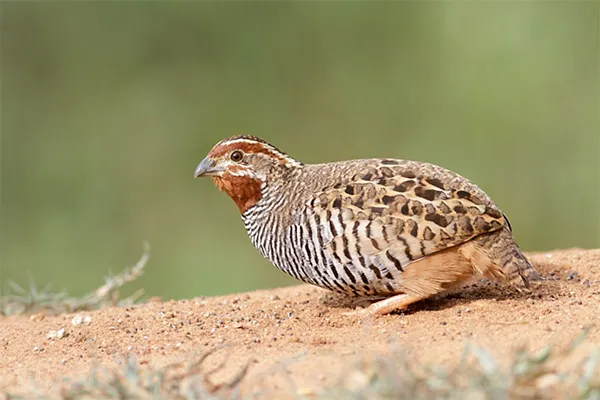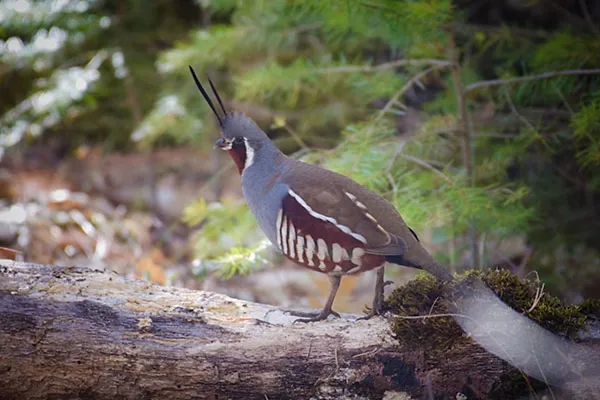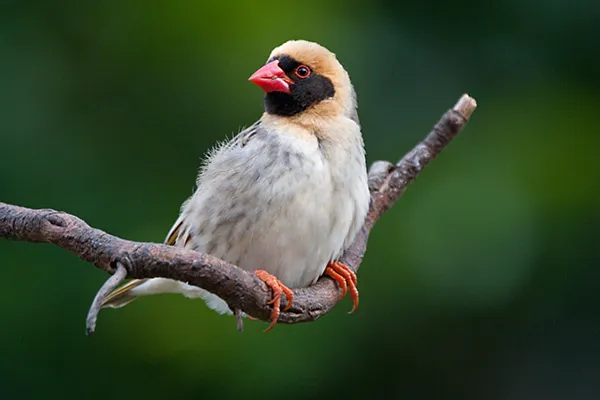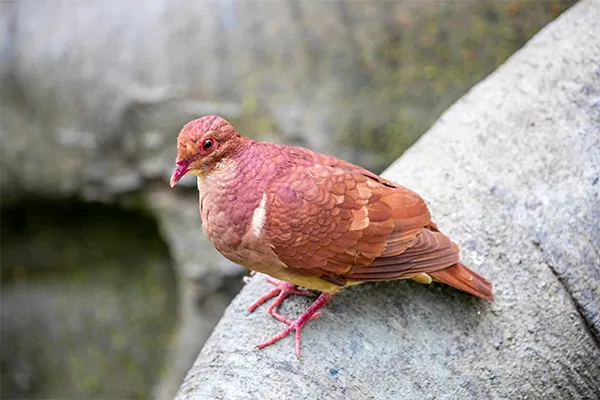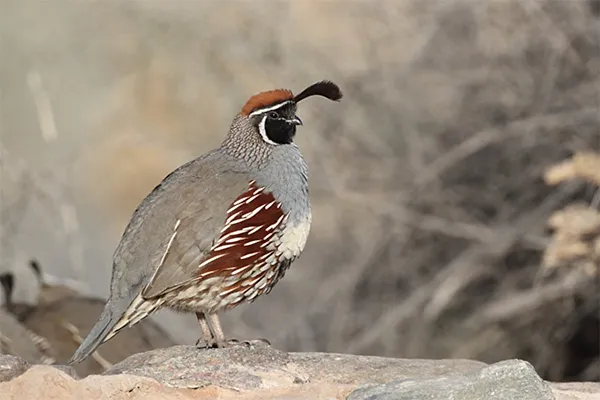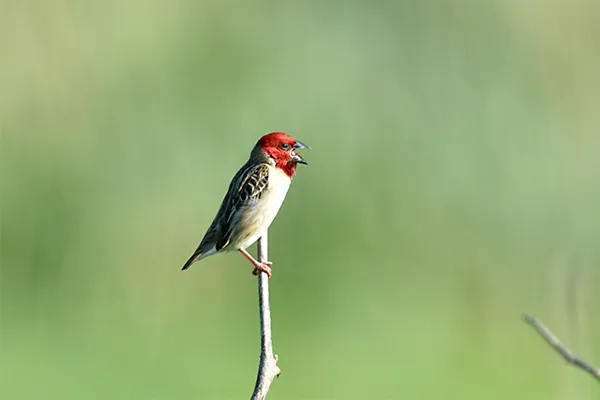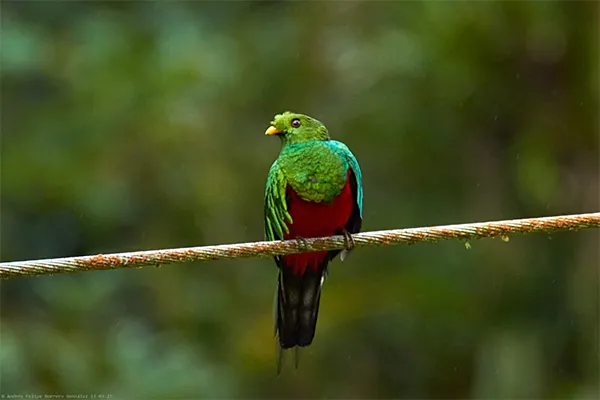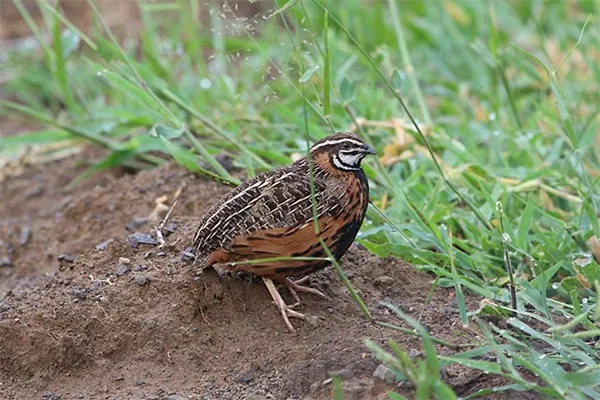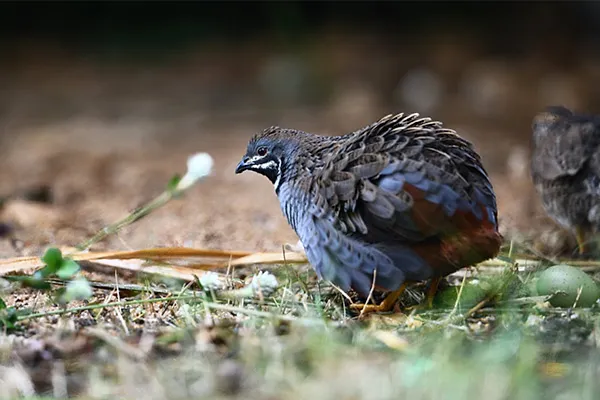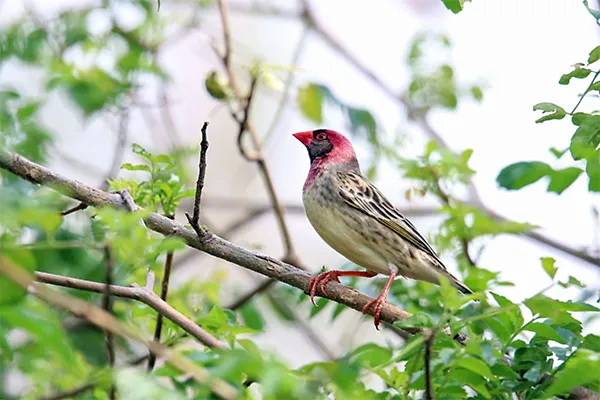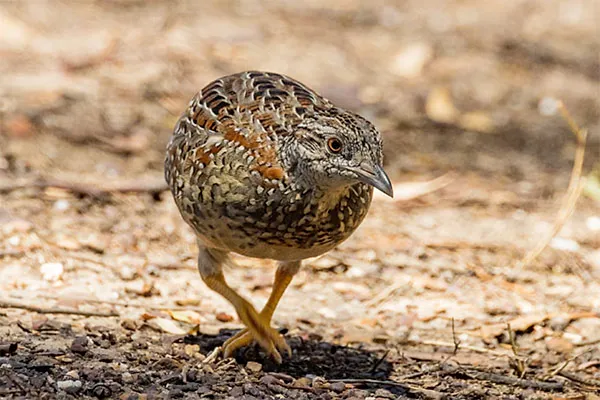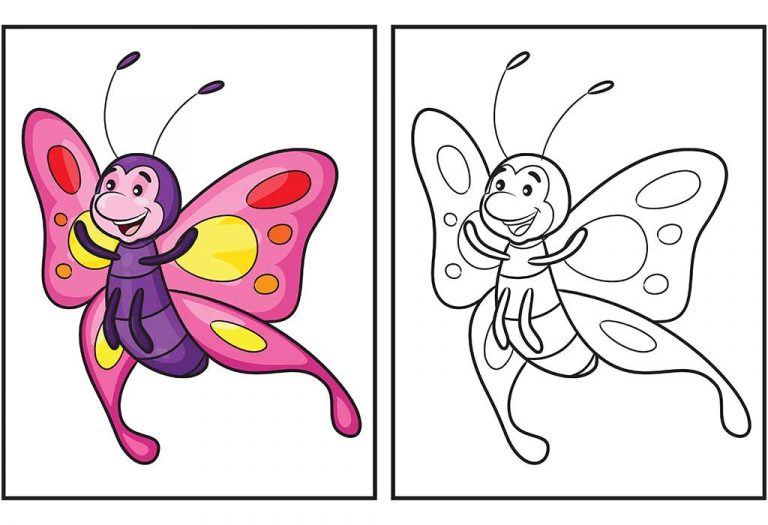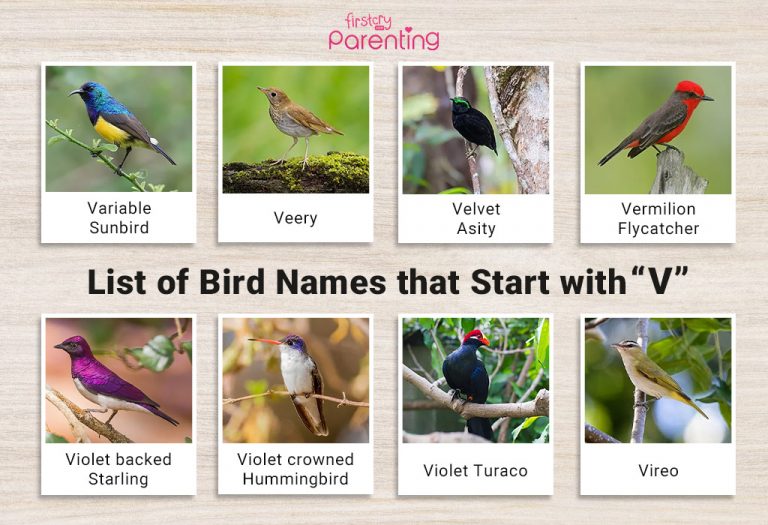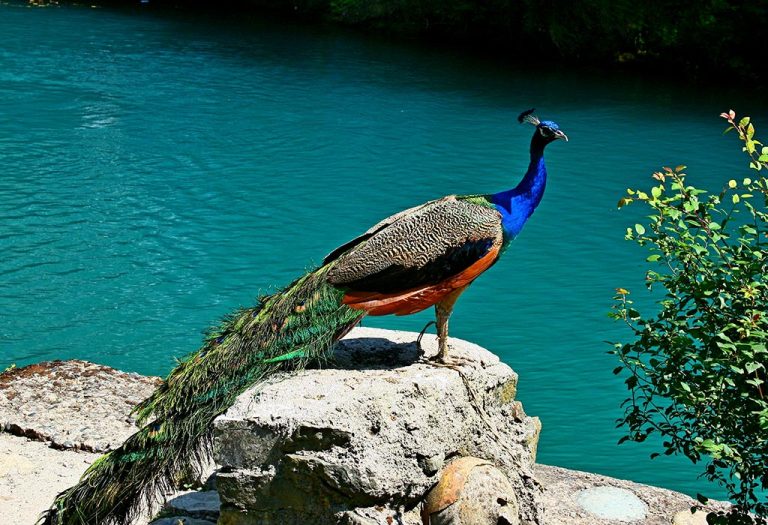List of Birds That Start With Q
Hello, fellow bird enthusiasts and curious minds! As we continue our alphabetical journey through the world of avian wonders, we have landed on the letter ‘Q’. Admittedly, it’s not the most common starting letter when we think generally, even with bird names, making our topic even more intriguing. Whether you’re a seasoned birder trying to broaden your knowledge or a parent looking for ‘Q’ letter bird names for preschoolers and kids to enrich their vocabulary, you’re in for a treat. Not only are these bird names that start with the letter Q enchanting, but they also provide a delightful way to expand kids’ vocabulary. Who knew Q could be so quizzical and quintessentially quirky?
List of Common Birds That Start With Q
Stepping into the realm of the letter Q, it’s time to embark on a delightful adventure highlighting the beautiful avians of our world. From the jungles of Mesoamerica to the vast landscapes of Asia, the birds beginning with the letter Q span diverse habitats and exhibit fascinating characteristics. Let’s dive into some of the most common bird names with Q and explore their unique stories.
1. Quetzal
Scientific Name: Pharomachrus mocinno
Where Is It Found: Mesoamerican forests, particularly in Central America.
Often referred to as the jewel of the forest, the Quetzal boasts vibrant green plumage that beautifully contrasts with its bright red breast. This bird possesses a strikingly long tail feather, especially prominent in males, that flows elegantly behind it. Their primary diet consists of fruits, insects, and small creatures. Revered in various Mesoamerican cultures, the Quetzal is also Guatemala’s national bird.
Interesting Facts
- The Quetzal was considered a sacred symbol by the ancient Mayans and Aztecs, representing freedom and wealth.
- Killing a Quetzal was a crime punishable by death in these ancient civilizations.
2. Quail, California
Scientific Name: Callipepla californica
Where Is It Found: Western United States.
The California Quail, also known as the Valley Quail, is easily recognisable by its pear-shaped body and a forward-facing crest on its head. Covered in scaly patterns across its chest and flanks, this bird thrives in open woodlands, bushy areas, and suburbs. Their chirping call is synonymous with Western landscapes.
Interesting Facts
- The California Quail is the state bird of California and frequently moves in groups called coveys, numbering in dozens during the colder months.
3. Quail, Common
Scientific Name: Coturnix coturnix
Where Is It Found: Europe, Asia, and a few parts of Africa.
Smaller in size compared to other quail species, the Common Quail possesses a stout body with a mix of brown, black, and white patterns on its feathers. Primarily ground-dwelling, they feed on seeds and insects. Their camouflaged plumage helps them hide efficiently in tall grasses.
Interesting Facts
- This bird is famed for its distinctive call, which sounds like “wet my lips”. Many bird enthusiasts enjoy identifying this call during their nature trips.
4. Quail, Mountain
Scientific Name: Oreortyx pictus
Where Is It Found: Mountainous regions of the Western United States.
The Mountain Quail is the largest native quail in North America. They sport a strikingly long, straight plume that extends from the top of their heads. Their underparts are rich brown, while the face, sides, and throat exhibit a stark white pattern, setting off against a deep blue-gray Preferring elevations with dense cover, they consume seeds, fruits, and insects.
Interesting Facts
- When alarmed, the Mountain Quail would prefer to run than fly, using their strong legs to quickly escape threats.
5. Quelea, Red-billed
Scientific Name: Quelea quelea
Where Is It Found: Sub-Saharan Africa
The Red-billed Quelea is one of the most abundant wild bird species on earth. This small weaver bird exhibits a soft brown back with striking red eyes and bill. These birds primarily consume seeds, and due to their vast numbers, they often pose challenges to agricultural fields, especially grain crops.
Interesting Facts
- It’s estimated that the total population of Red-billed Quelea could be around 1.5 billion, making them a bird of enormous ecological significance in their native range.
6. Quail-Dove, Ruddy
Scientific Name: Geotrygon Montana
Where Is It Found: Caribbean islands and parts of Central and South America.
The Ruddy Quail-Dove exhibits a deep wine-red colour, giving it its ruddy appearance. It has a stout body with a light-coloured patch on its throat. Primarily ground-dwelling, these birds are secretive, feeding on seeds and fruits fallen to the forest floor.
Interesting Facts
- While they can fly, Ruddy Quail-Doves prefer staying on the ground, often being spotted walking with a rhythmic gait.
7. Quail, Gambel’s
Scientific Name: Callipepla gambelii
Where Is It Found: Southwestern United States and parts of Mexico.
Gambel’s Quail is known for its beautiful patterns and striking plume on the top of its head, similar to other quails. Its grey-blue chest contrasts with a rich brown belly, while white and black marks decorate its face, giving it a mask-like appearance. The bird often visits desert regions, brushy pastures, and suburban areas, searching for seeds, leaves, and occasionally insects.
Interesting Facts
- Gambel’s Quail are quite social birds, often spotted in groups called coveys.
- They are named after William Gambel, an American naturalist who discovered them in the 19th century.
8. Quelea, Black-winged
Scientific Name: Quelea erythrops
Where Is It Found: Central Africa to Northeastern South Africa
Slightly different from its red-billed cousin, the Black-winged Quelea is smaller in size with a unique combination of colours. The males have a reddish-pink face, contrasting with their mostly brown body and striking black wings. Their diet primarily consists of seeds, especially grasses.
Interesting Facts
- Like the Red-billed Quelea, the Black-winged Quelea can form vast flocks, especially during migration or when looking for food, often presenting a spectacular avian display.
9. Quetzal, Golden-headed
Scientific Name: Pharomachrus auriceps
Where Is It Found: From the humid highlands of western Panama to northern Colombia.
A relative of the more famous Resplendent Quetzal, the Golden-headed Quetzal boasts a brilliant gold-green head, which gives it its name. Its body is a shimmering green, and it has a unique red belly. Its tail feathers, while not as elongated as the Resplendent Quetzal, are still quite impressive. It feeds mainly on fruits but also consumes insects and small vertebrates.
Interesting Facts
- The Golden-headed Quetzal’s loud and resonating call can often be heard echoing through the highland forests, making it a treat for birdwatchers and enthusiasts.
10. Quail, Harlequin
Scientific Name: Coturnix delegorguei
Where Is It Found: Grasslands of Southern Africa
The Harlequin Quail is a petite, beautifully patterned bird. The males have a distinct black-and-white facial pattern, contrasting with their brown, white, and gray-speckled bodies. Females, on the other hand, have a more camouflaged appearance. They feed primarily on seeds, insects, and other small creatures they can find in the grasslands.
Interesting Facts
- During the breeding season, female Harlequin Quails are known to be polyandrous, often having multiple male partners. This behaviour is relatively uncommon in birds, making the Harlequin Quail especially intriguing.
11. Quail, Blue
Scientific Name: Synoicus adansonii
Where Is It Found: Across parts of Western Africa.
The Blue Quail, despite its name, is not truly blue. It’s more of a slate-coloured, small ground bird with intricate patterns across its body. Males often have a more pronounced bluish-grey hue compared to females. They prefer grassy areas and feed mostly on seeds supplemented by small insects.
Interesting Facts
- The Blue Quail is known for its nomadic behaviour, often travelling great distances in search of food and suitable breeding areas.
12. Quelea, Pink-billed
Scientific Name: Quelea cardinalis
Where Is It Found: Savannas and Grasslands of Central Africa
This bird, though not as abundant as its red-billed counterpart, is equally captivating. With its deep pink bill, dark brown body, and lighter underbelly, the Pink-billed Quelea is a sight to behold. They mostly feed on seeds and occasionally on small insects.
Interesting Facts
- Unlike the more abundant Red-billed Quelea, the Pink-billed Quelea does not form super-large flocks, making it a lesser-known species among the Quelea family.
13. Quail-Plover
Scientific Name: Ortyxelos meiffrenii
Where Is It Found: Sahel region of Africa.
An intriguing bird that’s a bit of an anomaly, the Quail-Plover looks like a blend between a quail and a plover. It possesses long legs and a stout body. With its cryptic brown plumage, this bird is perfectly camouflaged against the sandy and grassy terrains it prefers. It feeds on insects, especially beetles and ants.
Interesting Facts
- The Quail-Plover is known to be nocturnal, a behavior not common in birds of its kind.
- Its unique lifestyle and appearance make it a sought-after sight for birdwatchers in Africa.
14. Quetzal, Crested
Scientific Name: Pharomachrus antisianus
Where Is It Found: Andean cloud forests from Colombia to Bolivia
Another member of the illustrious Quetzal family, the Crested Quetzal, has a vibrant green plumage and a deep red chest. As the name suggests, it possesses a small crest on the top of its head. The long, beautiful tail and sharply contrasting colors make it an emblematic species of the high Andean forests. They predominantly eat fruits but are also known to consume insects and small animals.
Interesting Facts
- Unlike the Resplendent Quetzal, which is deeply tied to Mesoamerican cultures, the Crested Quetzal holds significant cultural value for many Andean indigenous communities.
15. Quail, Painted
Scientific Name: Coturnix delegorguei
Where Is It Found: Grasslands and open areas across southern and eastern Africa.
The Painted Quail is a diminutive bird elegantly adorned with an intricate pattern of chestnut, black, and white across its body. Their stout shape is typical of quails, with short wings and a round body. Seeds constitute a significant portion of their diet, though they also partake in small insects when available.
Interesting Facts
- The Painted Quail is known for its evasive nature. When threatened, instead of flying, it often opts to camouflage among the grass, making it a challenging spot even for seasoned birdwatchers.
Other Birds Beginning With Q
The vast avian world has so many wonders to offer that sometimes, a list or two doesn’t quite capture them all. While we’ve explored in detail some fascinating species, there’s an extensive array of birds that start with the letter Q waiting to be unveiled. Here’s a quick roundup for curious souls eager to expand their knowledge.
- Quail, Mountain
- Quail, New Zealand
- Quail, Rain
- Quail, Snow Mountain
- Quail, Stubble
- Quail-Dove, Blue-headed
- Quail-Dove, Grey-fronted
- Quail-Dove, Purple-winged
- Quail-Dove, Ruddy
- Quail-Plover, Black-chested
- Quail-Thrush, Chestnut-backed
- Quail-Thrush, Copperback
- Quail-Thrush, Nullarbor
- Quail-Thrush, Orange
- Quail-Thrush, Slaty-backed
- Quail-Thrush, Spotted
- Quaker Parrot (also known as Monk Parakeet)
- Quebrada Thrasher
- Quebradita
- Querula
- Querulant Cisticola
- Questing Warbler
- Quickmatch Antwren
- Quill-Finch, Black-tailed
- Quill-Finch, White-tailed
- Quiloa
- Quinling Pika
- Quiriquiri (a local name for some falcons)
- Quiscale
- Quok (variety of the Bokmakierie)
- Quokka
- Quorokolo
- Quotl
- Quoy’s Parakeet
- Quoy’s Lorikeet
- Quzalmal
- Quzqueño
FAQs
1. Which is the most common bird that starts with the letter ‘Q?’
The Quail, specifically the Common Quail (Coturnix coturnix), is one of the most widespread and recognizable birds that start with the letter ‘q’. It’s found in many parts of the world and is known for its distinct call and appearance.
2. Why are birds like Quetzal considered significant in some cultures?
The Quetzal, especially the Resplendent Quetzal, holds significant cultural and spiritual importance in Mesoamerican cultures. It was often associated with freedom, wealth, and divinity, and its iridescent green tail feathers were highly prized in ancient civilizations like the Maya and Aztecs.
Exploring the fascinating world of birds that start with the letter Q has been a delightful journey into the lesser-known corners of avian diversity. From the enigmatic Quetzals to the humble Quails, each bird tells a unique story, reminding us of our planet’s vast and vibrant tapestry of life. To learn more about birds and their wonders, click on the letter to reach a particular set of birds arranged alphabetically.
Birds Names That Begin With (A to Z)
| A | B | C | D | E | F | G | H | I |
| J | K | L | M | N | O | P | Q | R |
| S | T | U | V | W | X | Y | Z |
Was This Article Helpful?
Parenting is a huge responsibility, for you as a caregiver, but also for us as a parenting content platform. We understand that and take our responsibility of creating credible content seriously. FirstCry Parenting articles are written and published only after extensive research using factually sound references to deliver quality content that is accurate, validated by experts, and completely reliable. To understand how we go about creating content that is credible, read our editorial policy here.





